The drama of wild horses and burros in the American West is playing out like a Shakespeare tragedy. As drought continues to plague the region, the animals, whose populations are growing, must roam farther and farther in search of water while destroying precious habitats, including that of the sage grouse.
No one seems to know the best way to handle the growing problem since hunting the destructive animals is effectively off the table. The idea is met with strife, legal action, and public outcry from animal rights groups. If trends continue, native grasses and wildlife will bear the burden of inaction as the animals destroy them. Wildlife managers at the Bureau of Land Management (BLM) have opened a period of public comments on a newly proposed fertility project titled “Wild Mare Fertility Control Research.”
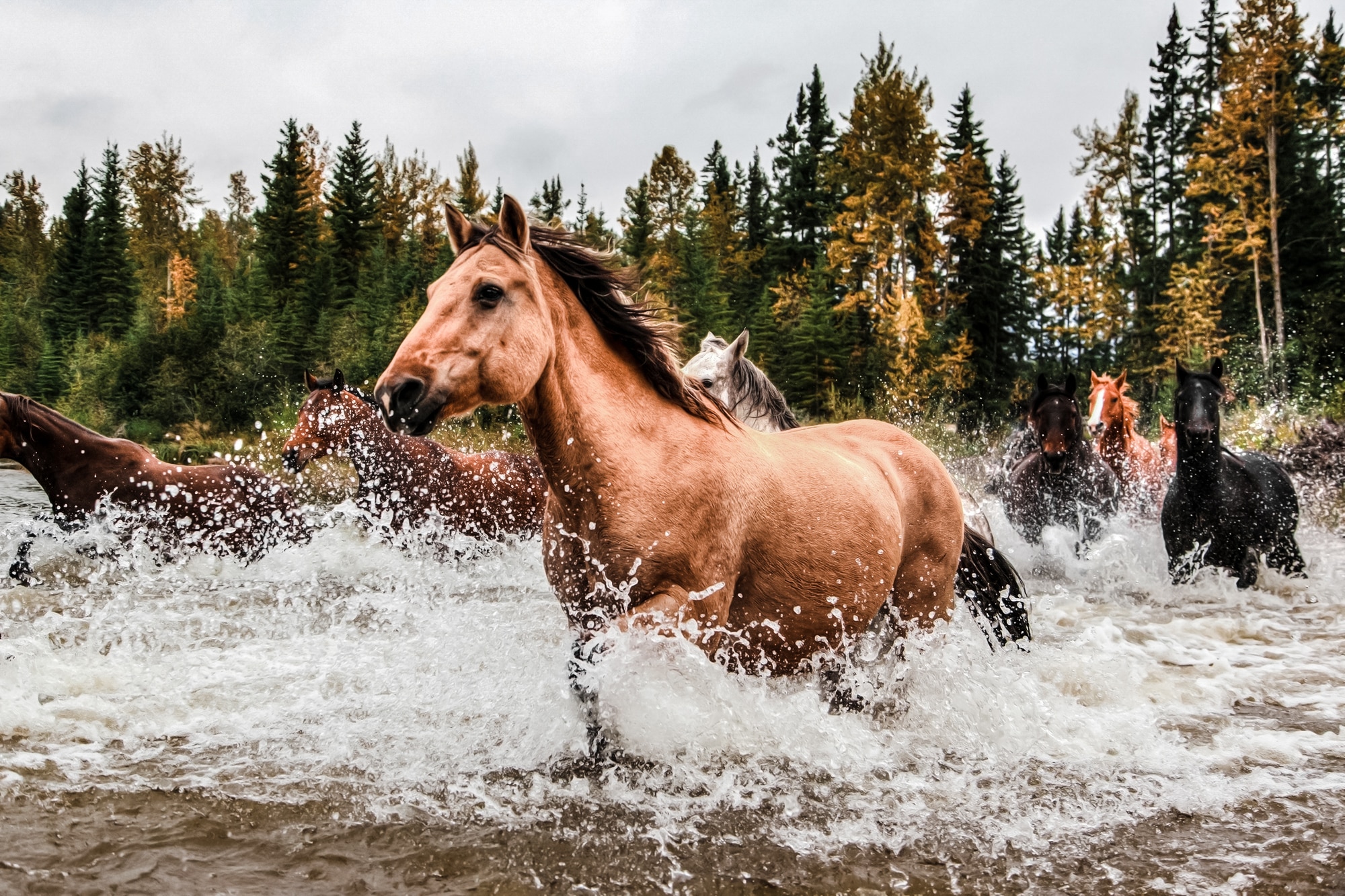
That’s right — horse birth control.
Wild horses and burros can be found in 10 Western states occupying more than 30 million acres of BLM land. Yet, nearly half the population resides in one state: Nevada — the driest state in the lower 48, with an annual rainfall of just over 10 inches.
“[Wild] horses have demonstrated negative effects on Great Basin ecosystems, including reduction of forage for wildlife and the destruction of riparian areas,” said Jim Sedinger, professor emeritus of avian biology at the University of Nevada at Reno. “Declines of sage grouse can be directly attributable to horses in some areas. Horses are known to displace big game and other animals from riparian areas that provide both food and water.”
There is little debate about their negative effects on the environment. Horses are not native to the American West and were brought here from Europe during the 16th century by Spanish colonists. What is under debate is how best to manage the landscape’s 82,384 wild, large non-native animals.
Generally speaking, a wild horse will eat 100% of its body weight in a month, and the average wild horse weighs between 700 and 1,000 pounds.
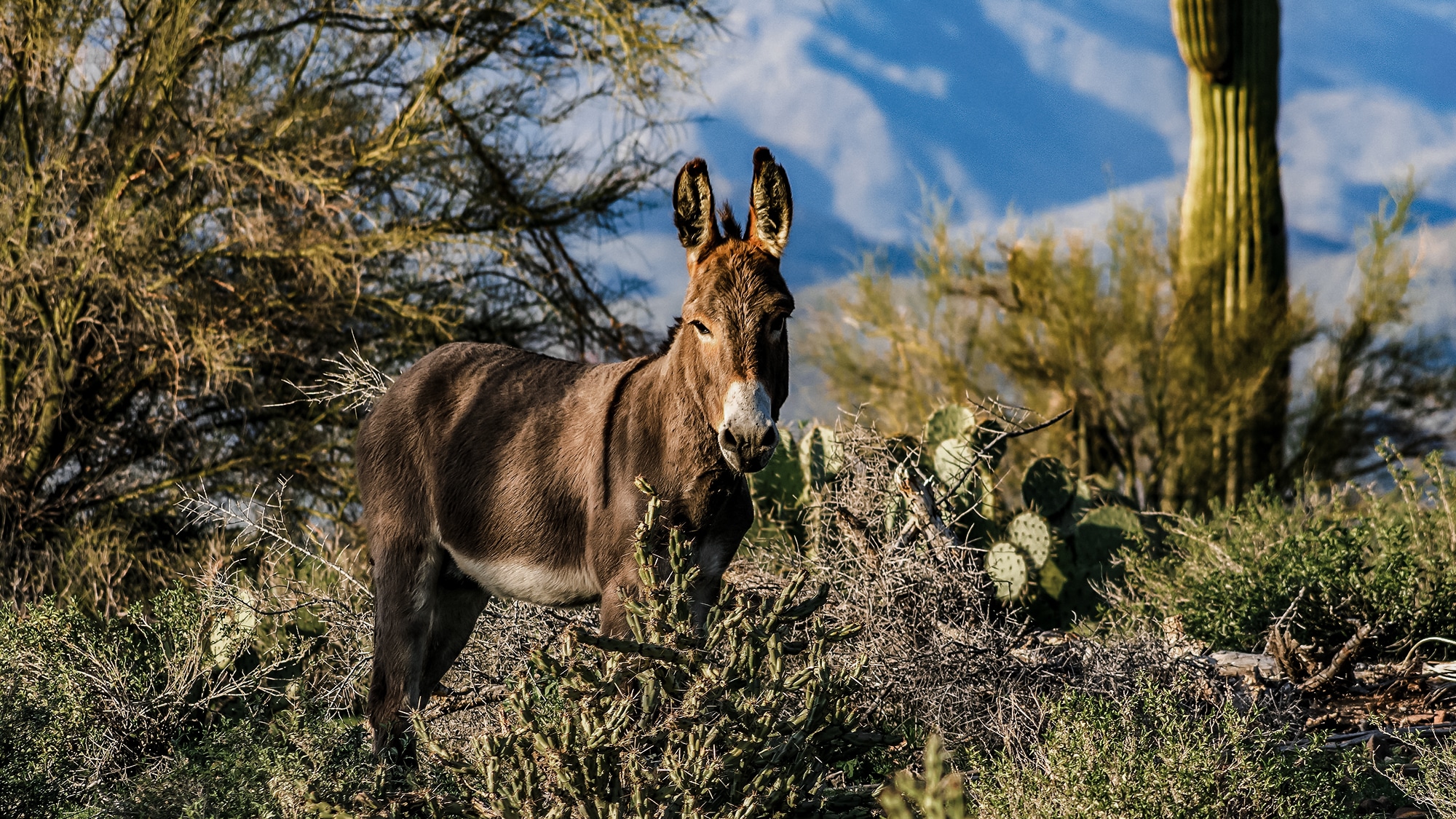
RELATED – Never Get Caught Without Coffee on a Hunt. Check Out BRCC’s Instant Sticks
The Law of the Land
In 1971 President Richard Nixon signed the Wild Free Roaming Horse and Burro Act into law. At first reading, the law sounds well-intentioned. It describes how the government must work in conjunction with the BLM to “achieve and maintain a thriving ecological balance on the public lands.” The law is not being upheld.
Populations of wild horses and burros are at an all-time high while invasive species are replacing native flowers and grasses.
Wild horses and burros are no longer “fast disappearing” as they arguably were in the 1970s, and many state and federal biologists say effective wild horse management can prevent the destruction of native birds and the grasslands they use while also supporting a healthy animal population.
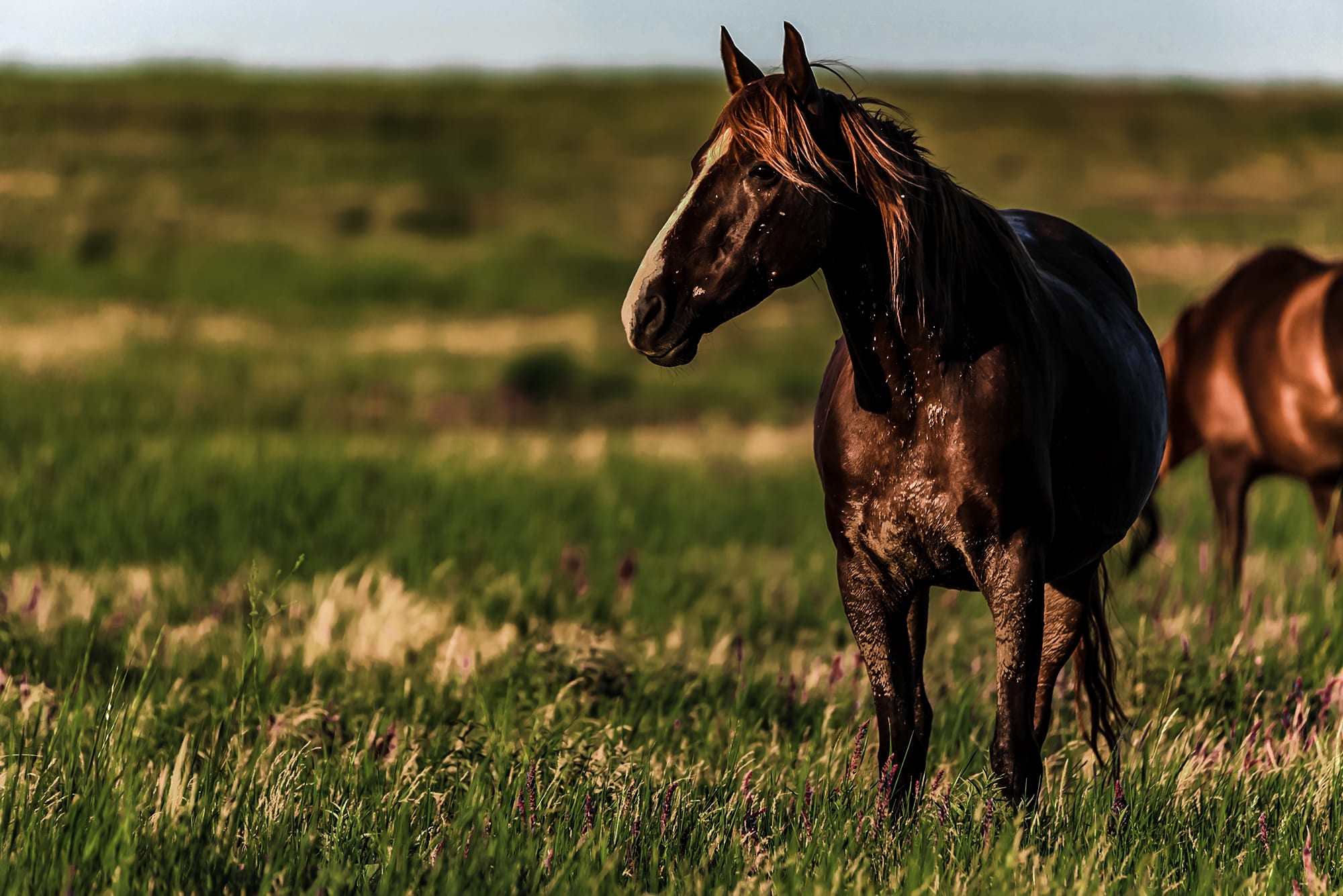
Birth Control for Wild Horses
In a report sent to FRA, Mike Cox, a biologist for the Nevada Department of Wildlife (NDOW), explained the wild horse problem like this: “BLM and United States Forest Service (USFS) have been prevented from effectively managing horse and burro numbers on public rangelands.
“This allowed horse populations to double every 5 to 6 years as predicted by NAS [National Academy of Sciences]. Coupled with more severe drought periods, large catastrophic fires, native vegetation conversions to monotypic stands of invasive plants, excess horse and burros have greatly contributed to the slow and insidious declines of Nevada’s wildlife populations.”
Advocates for wild horses and burros, like the American Wild Horse Campaign (AWHC) and Return to Freedom (RTF), work through advocacy, litigation, and legislation to protect the animals by working against projects like the BLM’s fertility proposal.
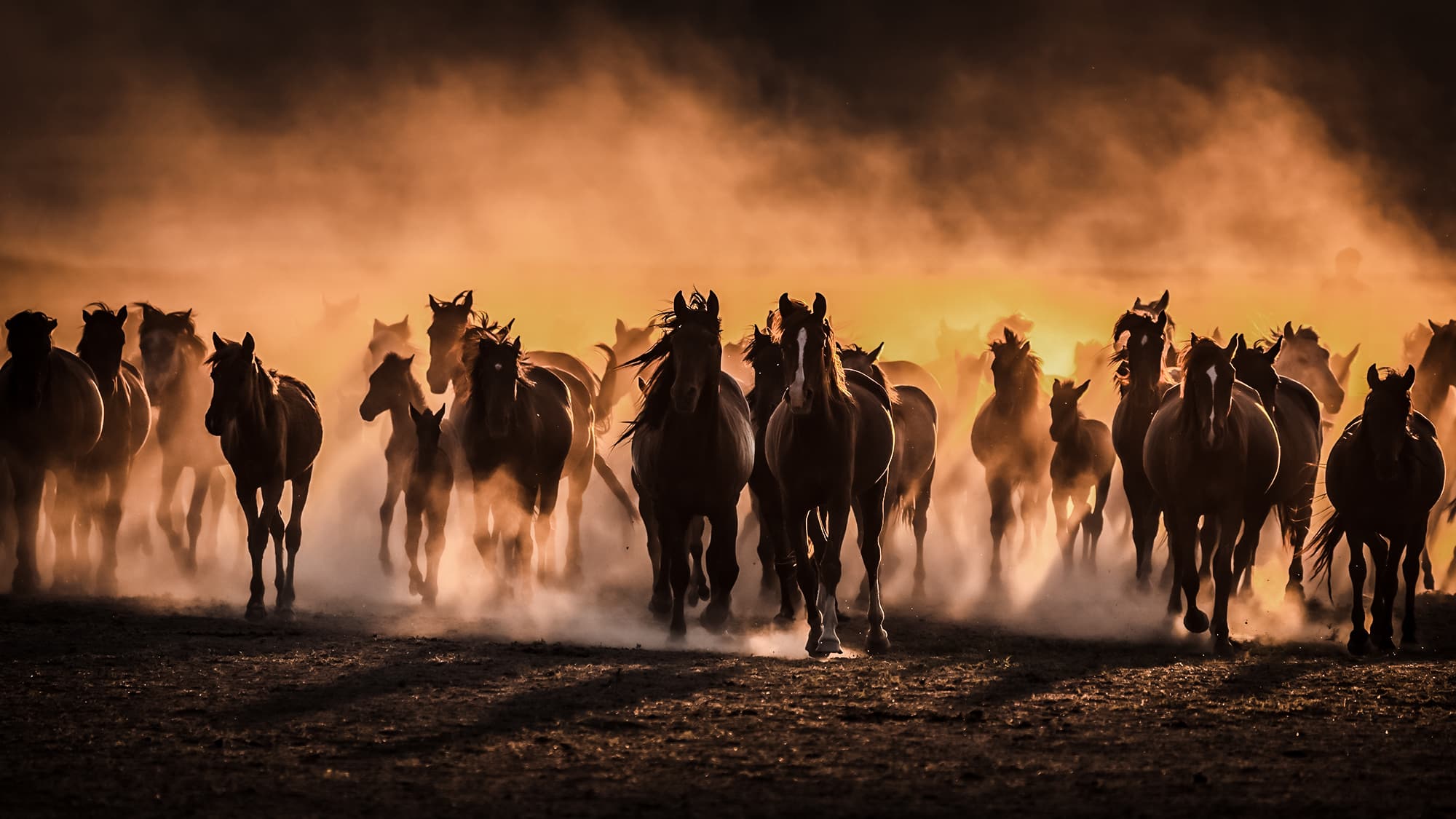
In 2020, the AWHC filed a Freedom of Information Act request regarding the BLM’s wild horse and burro program. In 2019, the organization worked to challenge the removal of over 9,000 wild horses from the Triple B complex in Nevada. A current action by the (RTF) is to ban the use of double-decker trailers as a means of transportation.
Tensions remain high among advocacy groups, the BLM, and those who work with various conservation groups that focus on the importance of our wild and native animals.
In this context, BLM launched its multiyear study, which consists of three parts:
- An eight-month test of growth vaccine formulations to discover the most promising results for the Oocyte Growth Formulations (OGF) in mares. OGF is believed to be an effective “one-time use” or single-dose sterilization drug for wild mares.
- A second study would last up to five years. It would monitor the effects of the contraceptive SpayVac formula. The focus of SpayVac is used to reduce the rates of wild mare fertility over an extended period of time — two to five years.
- A third study would involve the use of an IUD treatment. The intrauterine device, a flexible Y-shaped IUD made from silicone and designed for use in wild horses, would work similarly to the version used by human women for birth control.
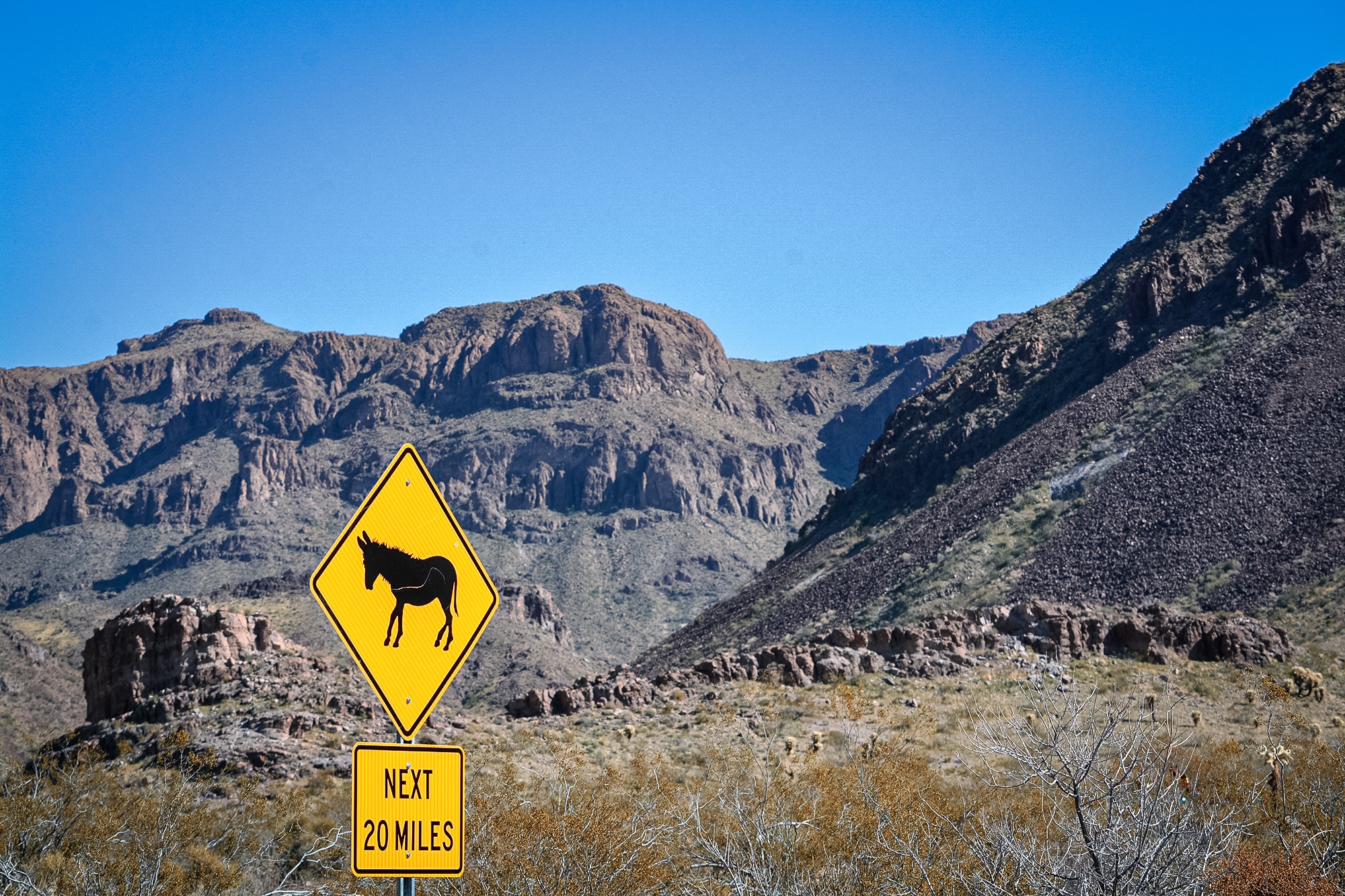
Animal rights groups, including the AWHC, successfully stopped a BLM plan to sterilize wild mares in Utah’s Confusion Herd Management Area in 2020. In December 2020, RTF noted that the BLM had rounded up 304 wild horses, with an overall goal of 500. At the time, 58 members of congress openly opposed the plan in a letter.
“We are writing to express our concerns with the Bureau of Land Management’s (BLM) latest plan to employ controversial surgical sterilization methods on federally protected horses in the Confusion Herd Management Area,” they wrote in the letter.
Efforts to rein in the growing problem are failing.
RELATED – The Best Way to Make Coffee in the Backcountry: The BRCC ESPRO French Press
Wild Horses or Grouse? You Can’t Have Both
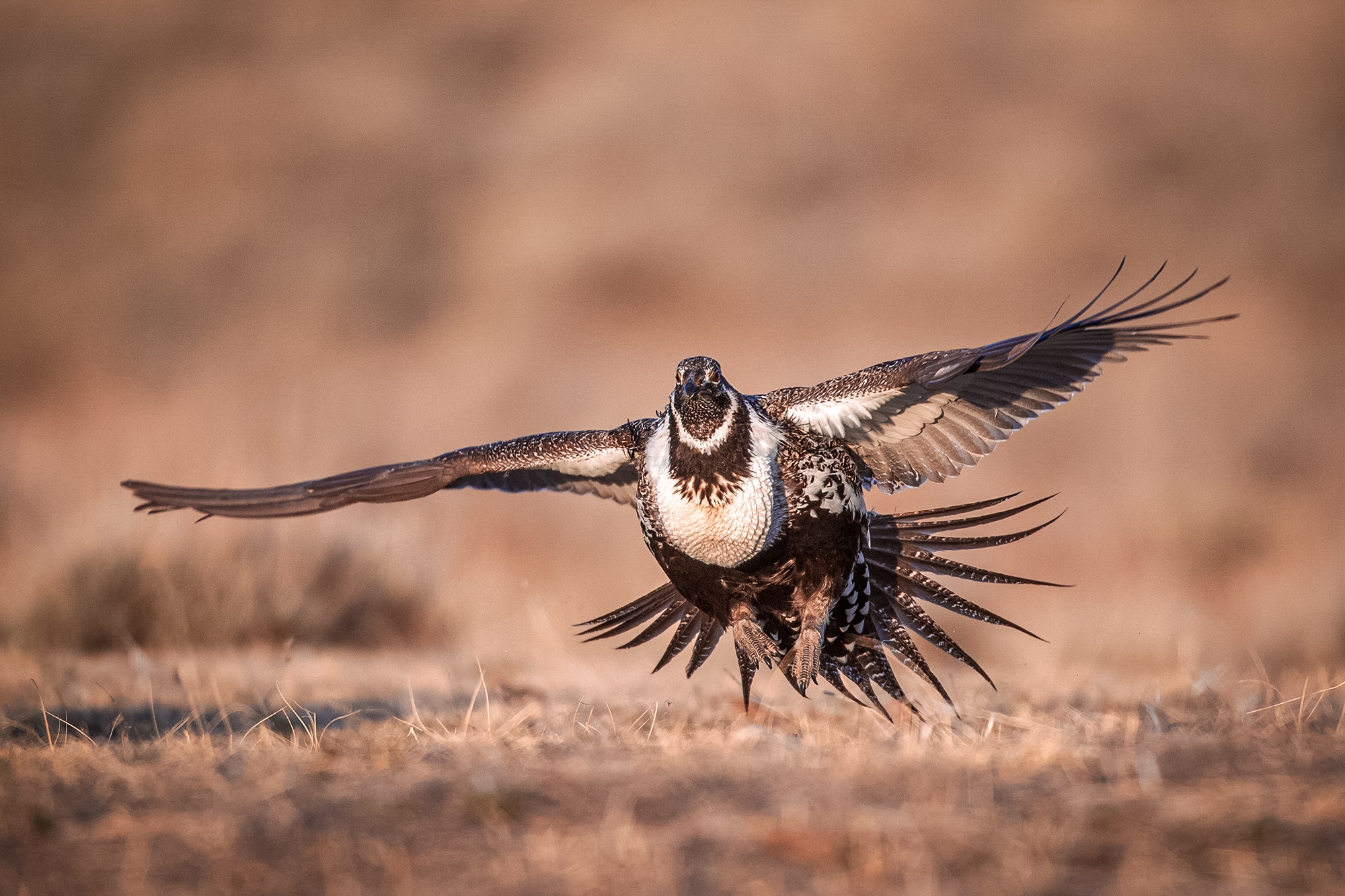
On June 10, 2022, Congressional Sportsmen’s Federation (CSF) wrote a letter urging the use of appropriate land stewardship to save and promote healthy wildlife practices. The number of wild horses and burros continues to grow as sterilization efforts ebb and flow with marginal success. Like Sisyphus, the BLM continues to push its plan uphill, only to find it is, once again, pushed back to the starting line.
“The health and well-being of our native wildlife species have been lost in the whole controversy of free-roaming horse and burro (FRHB) management,” Cox said. “Also lost is the basic concept that there are finite resources (food and water) that exist in the driest state in the US to support both wild and domestic animals.”
A study released in August of last year by the United States Geological Survey suggested that grouse populations may decline by 70% in the next 10 to 12 years. These birds rely on native flora to thrive, and a steady diet of sagebrush remains vital for them — in the summer, the birds will eat buds, flowers, fruits, and bugs.
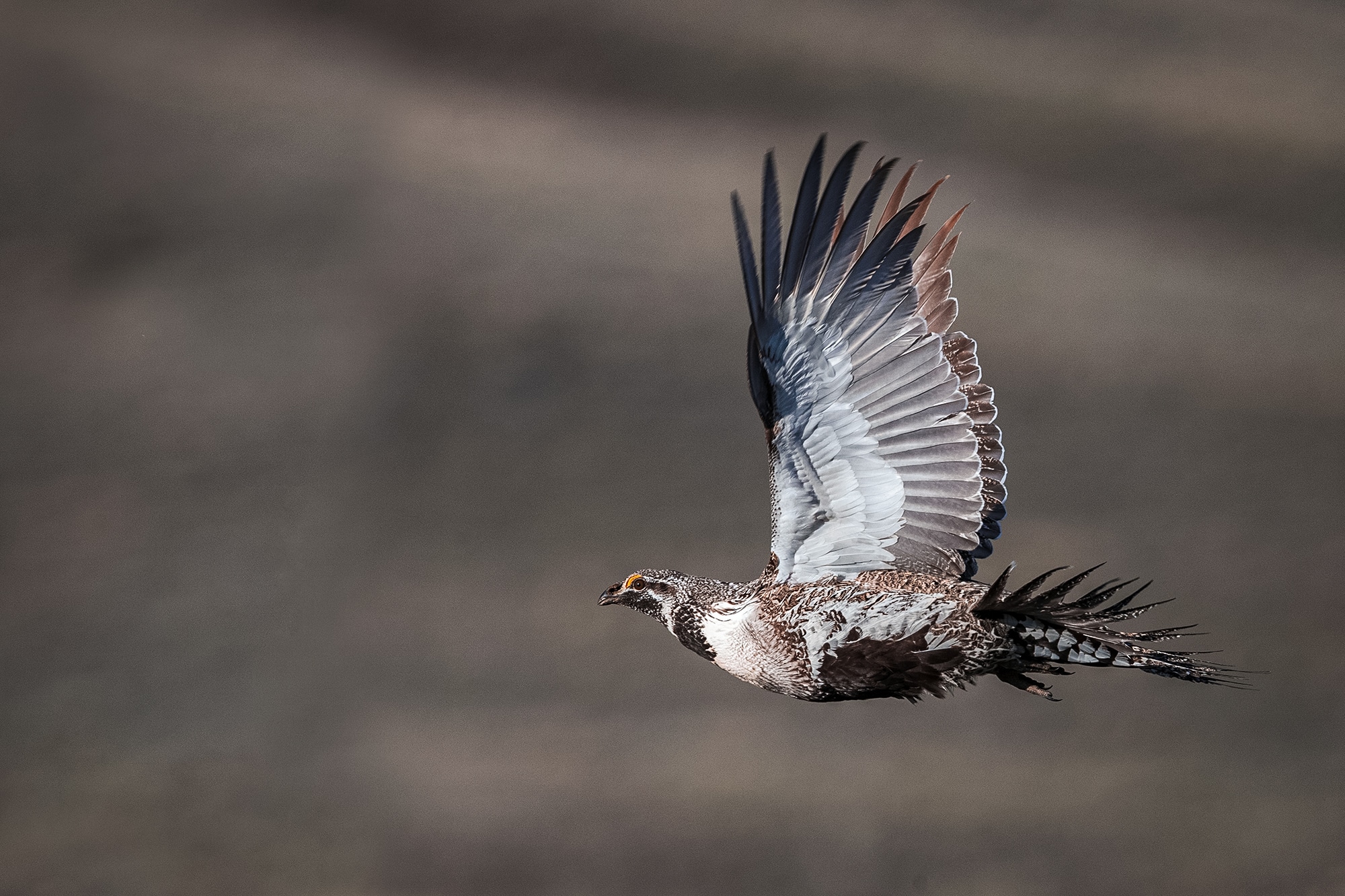
Nevada’s Forestry Department is currently tracking dozens of native flora species. According to the department’s website, “Species placed on the watch list are those species that are considered to be of long-term concern.” How shall a native bird, already under immense pressure to survive, feed, breed, and compete with the invasive aspects of two animals that have no real predation threat?
All the biologists and game managers we spoke with noted wild horses are having a direct negative effect on struggling grouse populations.
Nearly 60% of Nevada is currently classified as being in a severe drought (D2) or exceptional drought (D4).
Average rain totals for Nevada reached about 10 inches for 2020; higher amounts in northern Nevada peak at about 12 inches annually. As the wild horses and burros continue to roam in search of water, valuable grouse habitat is disappearing.
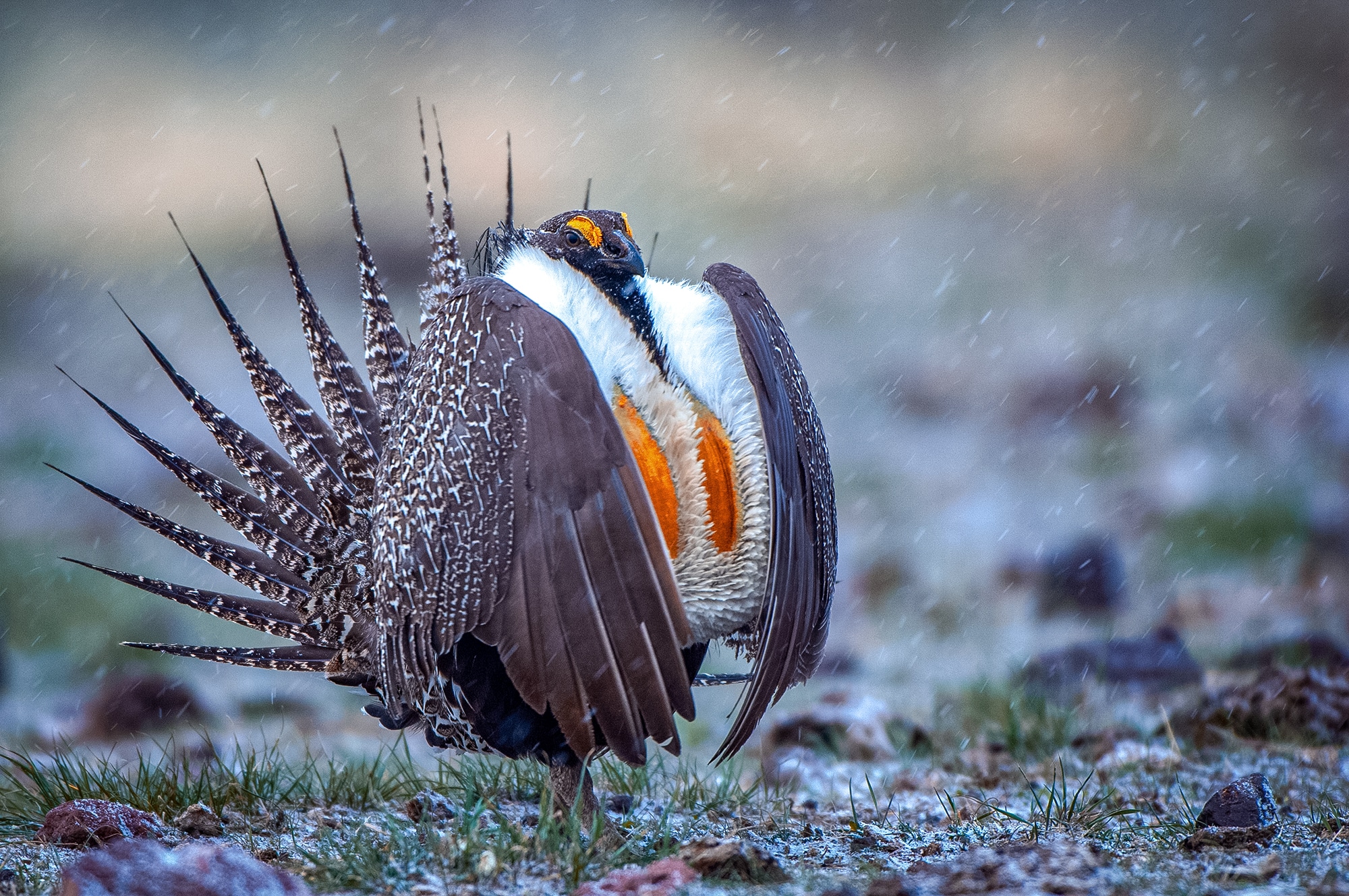
Damon Booth, president of Nevada’s Chukar Chasers Foundation, told Free Range American that most, if not all, conservation groups understand the threat continued drought poses in the arid West.
“For example, with sage grouse leks being destroyed by wild horses, water sources and breeding grounds become fewer and fewer,” he said. Leks are areas that some male birds use for communal displays during breeding season; each male defends a small territory in order to attract females.
In recent years, local Nevada conservation groups have worked diligently to provide much-needed water, especially for large game animals. Still, bird numbers are falling, hunting seasons are being pushed back, reduced, and in some Western states, cancellations are being floated.
READ NEXT – How John B. Stetson Gave America the ‘Cowboy Hat’



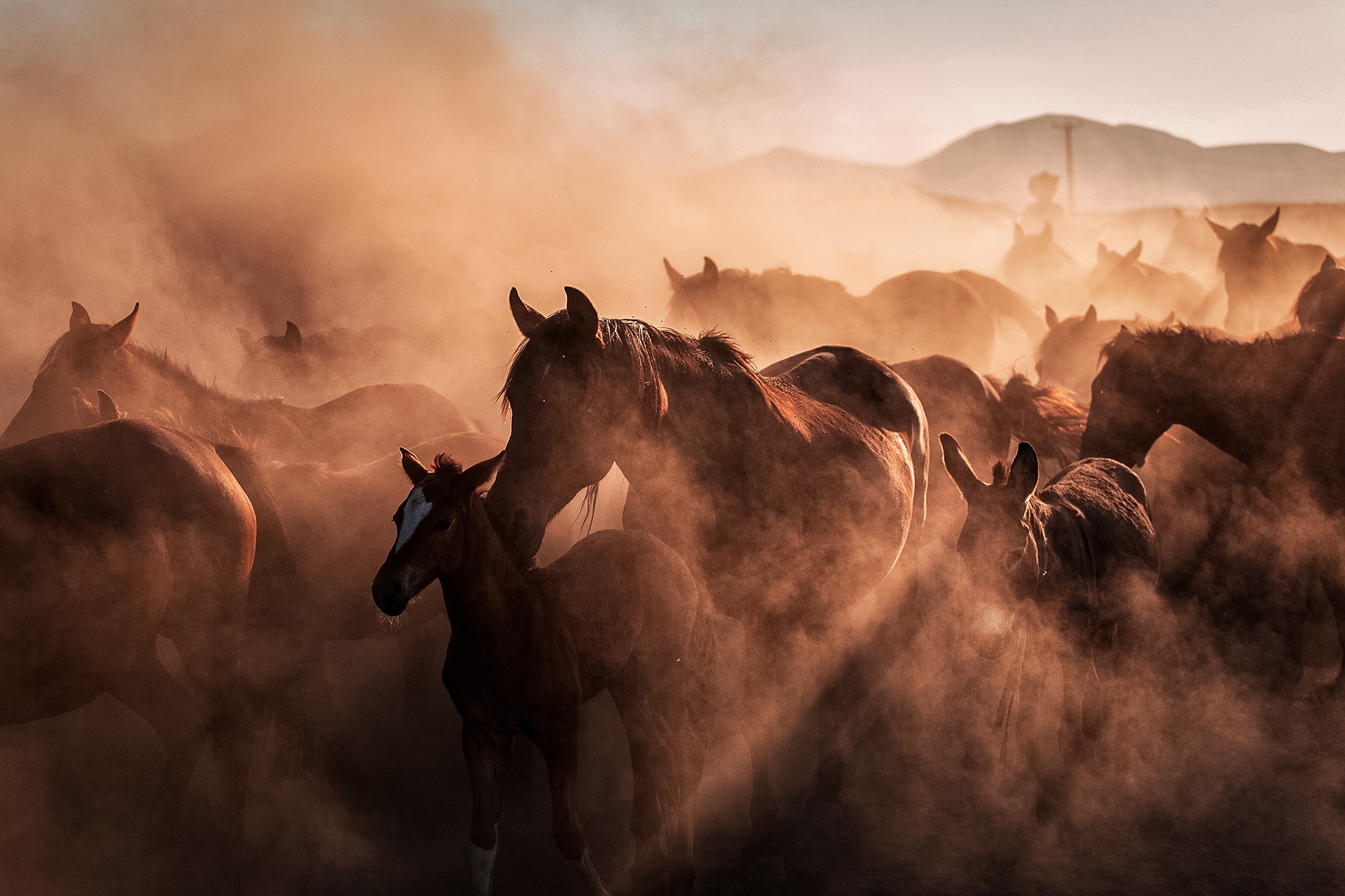
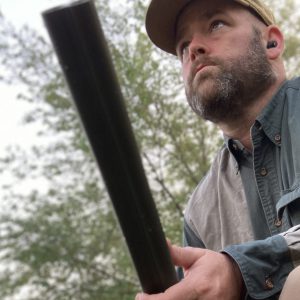
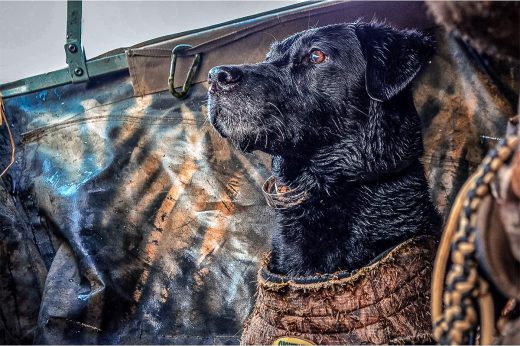
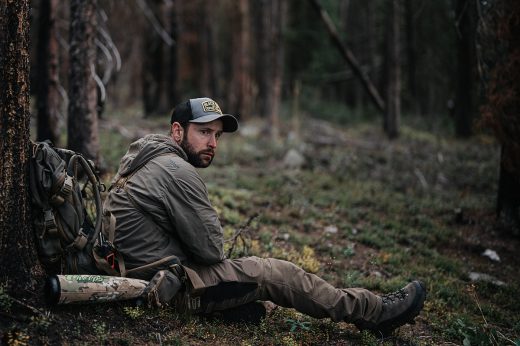
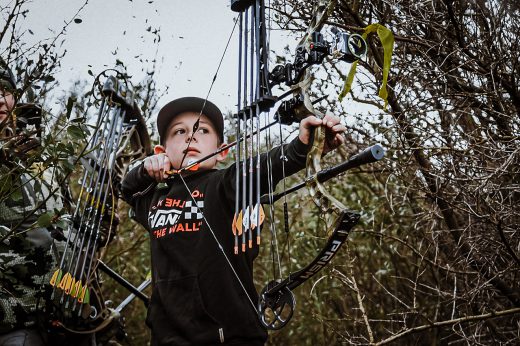


Comments